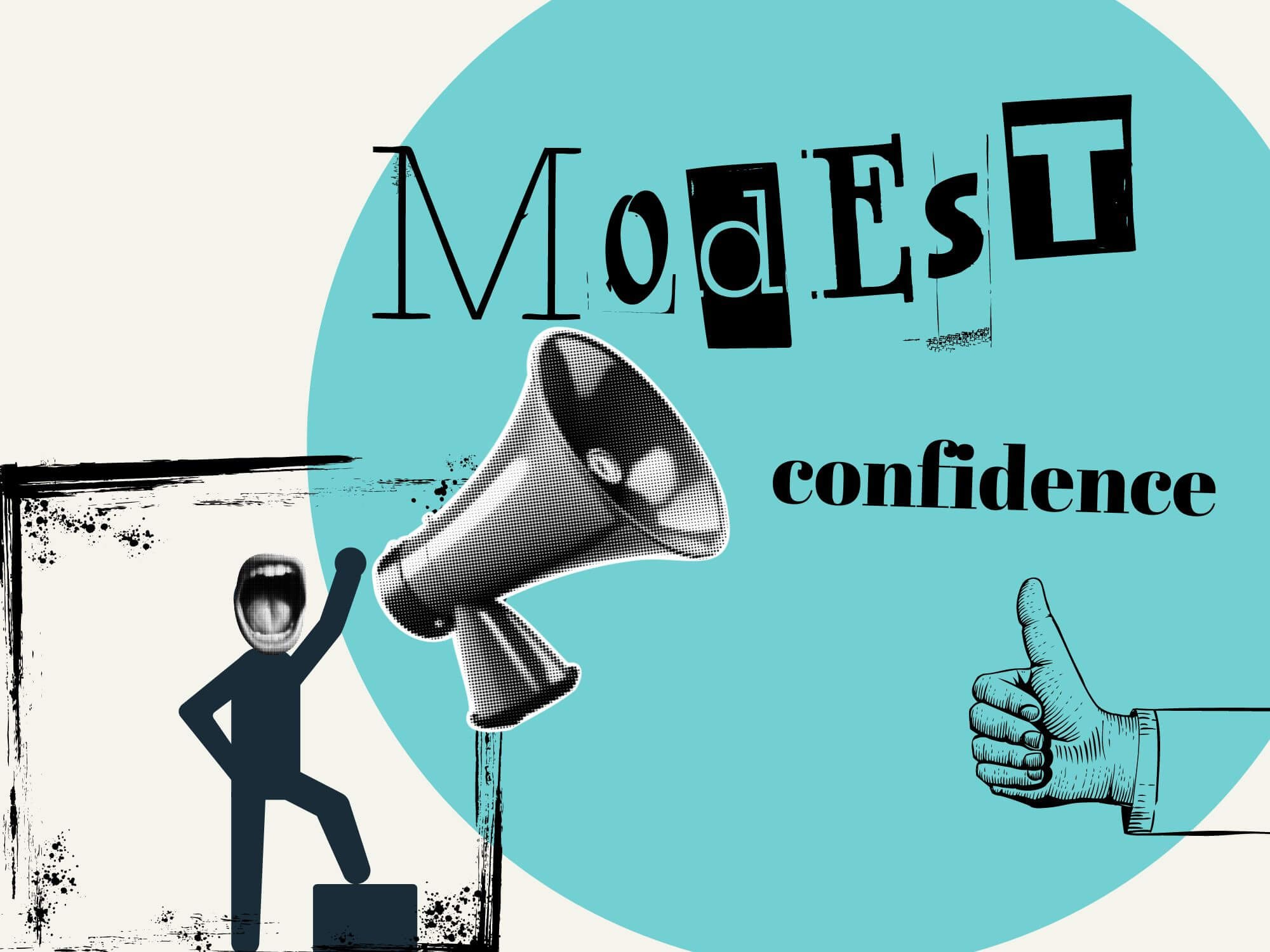Bilingual Creativity (6 ways language boosts creativity)
I’ve been an ESL teacher for the past 7 years. I live in Tokyo (part-time) and I study Japanese.
I’m also a musician and an artist with a camera. So I love this idea of bilingual creativity.
As you know, language learning has a ton of benefits. But this post focuses on the creative perks of this linguistic adventure.
So let’s get to it.
Table of Contents Show
What Is Bilingual Creativity?
If you’re studying a second language (or third, forth, etc.), you’re also strengthening your creative skills.
This is because language learning is closely connected to creativity.
Bilingual creativity is the phenomenon whereby learning a language strengthens your creative abilities and thinking.
The processes involved in learning a language mimic creativity in many ways.
And similarly, creative processes mimic language learning.
For example, both are forms of personal expression, are made up of stylistic choices (word choice, intonation, slang, etc.) and require exploration in creating something new.
So let’s keep this conversation going and dig deeper.
Let’s look at the ways language learning makes you more creative.
Creativity In Language Learning (6 reasons you’re more creative)
Here’s why bilingualism makes you more creative.
(based on my experience and research)
1. It Sharpens Your Divergent Thinking Skills
There are countless ways to express the same idea.
And learning a language forces us to choose different paths and think more divergently.
Divergent thinking is the ability to come up with many ideas or solutions to a problem. It’s often associated with creativity and innovation.
Bilingualism strengthens this ability.
For one, you’re consistently challenged to find second-language solutions to express your ideas.
Also, you’re fine-tuning your ability to think outside of the box and make new connections, which is a creative soft skill.
Picking up on linguistic patterns and subtleties is a crash course on connecting dots.
Ultimately, language learning strengthens your divergent thinking abilities, which strengthens your creative thinking skills.
2. You Think Different
Learning a language exposes you to new ways of thinking and fresh perspectives.
You begin to think more innovatively and through different cultural and linguistic lenses.
This diversifies your perspectives and ideas. And diversity supports innovative thinking and creativity (according to Harvard Business Review, at least).
Here are some examples how language learning forces you to think differently:
Different sentence structures
Cultural nuances and trends influence word choice and vocabulary
You’re forced to think before you speak, becoming more mindful of your choice of words
You think more about language origins, the purpose and impact of certain words over others and vocabulary etymology
3. It’s Creativity Strength Training (the power of limitation)
Creativity and limitation are intimately connected.
It’s well known that using limitation or restriction can actually boost your creativity by forcing out-of-the-box thinking and solutions.
With language learning, we’re often forced to express our ideas with a limited range of vocabulary and grammar. It’s a form of brainstorming with limited resources.
These limits strengthen creative processes and our ability to use them.
4. It’s Linguistic Play
Language learning involves a lot of experimentation with new words, expressions and nuances.
This exploration is a creative process.
Creativity involves a lot of tinkering, trying and fun (a sandbox approach).
Language learning puts you back into a beginner’s child-like mindset, which is fertile ground for creativity.
Bilingual creativity is a crash course in imaginative thinking and originality.
5. You Develop A Growth Mindset
Language learning isn’t easy. It can be stressful and requires the right mindset (a growth one).
In many ways, creativity is the same. They’re both stressful and vulnerabilities like imposter syndrome are common.
Bilingualism and creative confidence both demand constant skill-building and belief in yourself and your vision.
They require a growth mindset.
But language learning builds confidence and strengthens growth mindset thinking.
Some days are better than others, but getting over the hurdle of thinking in a different language builds belief for tackling other creative endeavors.
I mean, if I can learn how to order food alone in a restaurant while traveling in Japan, surely I can learn to film and edit a short-from video (in my native tongue) for my YouTube brand.
At least, this is my view…
6. It’s A Form of Creative Self Expression
Language is an art form. And language learning is a creative outlet.
We all have a certain style and nuance to the way we speak. It’s attached to our personality.
Maybe we’re more comedic or sarcastic. Or maybe we tend to be more analytical or academic.
Whatever the case, language is a form of self expression. And self expression is a form of creativity.
Learning a language forces you to speak in new ways and styles. Sometimes, your whole personality and persona changes.
And any time we force our brains to think and speak in new ways, we’re strengthening our creative facilities.
Quick Tips for Learning A Language
Find your why or purpose for learning your language
Have a specific goal or language project to work towards
Find a language partner and connect with other language learners
Make friends who speak the language natively
Practice speaking (not just studying it)
Teach it (and take advantage of the protégé effect)
Create content in your target language (such as writing, videos, poems, art, etc.)
Live abroad or travel (if you can)
Don’t try to be perfect – prioritize having fun
Try out language apps and technology (like AI)
Make mistakes and love them (again, don’t try to be perfect)
Stay patient and have realistic goals and time horizons
Immerse yourself by changing your phone language or watching shows in your target language
Want More? Check Out These Sweet Reads!






